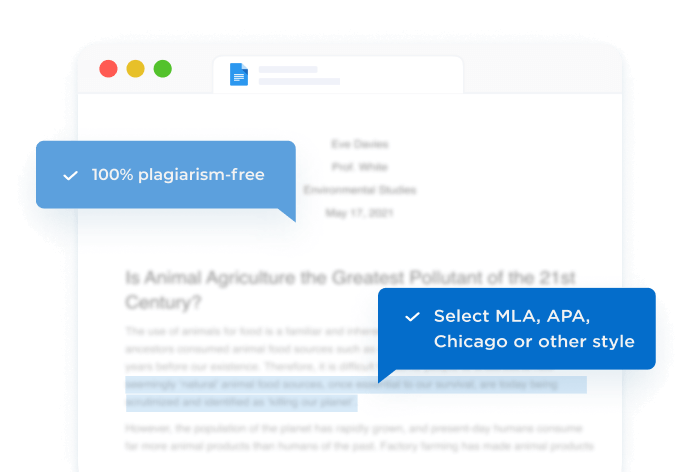Introduction
In recent years, the resurgence of nationalism around the globe has sparked heated debates about its implications for society, particularly among the youth. In the United States, a nation built on ideals of liberty and diversity, the concept of nationalism presents a complex narrative. Teenagers, who are at a pivotal stage in forming their identities and worldviews, are especially susceptible to the influences of nationalistic ideologies. As digital natives, American teens are exposed to a myriad of perspectives through social media, educational environments, and cultural exchanges, making them both participants in and observers of nationalistic discourse. This essay examines how nationalism impacts teenagers in the United States, exploring both the potential for fostering a sense of belonging and the risks of fostering exclusionary attitudes. Through a comprehensive analysis, the essay aims to understand the nuanced role nationalism plays in shaping the beliefs and behaviors of American teenagers.
The Appeal of Nationalism to American Teens
Nationalism can serve as a powerful force in shaping a sense of identity and belonging among American teens. At its core, nationalism emphasizes a collective identity based on shared history, culture, and values. For teenagers, who are in a critical phase of self-discovery, nationalism can provide a framework for understanding their place within the broader societal context. According to psychologist Erik Erikson, identity formation is a central task during adolescence, and nationalistic narratives can offer a sense of pride and unity that contributes positively to this process (Erikson, 1968). For instance, participation in national holidays or sporting events can generate a shared sense of community and purpose among teens.
Save your time!
We can take care of your essay
- Proper editing and formatting
- Free revision, title page, and bibliography
- Flexible prices and money-back guarantee
Furthermore, the accessibility of nationalistic content through digital platforms has increased its appeal among the youth. Social media channels, such as TikTok and Instagram, are rife with content that promotes national pride and cultural heritage. A study by the Pew Research Center (2020) found that social media is a significant source of news and information for teenagers, making it a crucial space for the dissemination of nationalistic ideas. This exposure can lead to heightened awareness of national identity and encourage civic engagement among teens. However, it is crucial to recognize the dual nature of nationalism, as the same platforms can also disseminate exclusionary or xenophobic messages under the guise of national pride.
The Risks of Nationalism: Exclusion and Division
While nationalism can foster a sense of unity, it also has the potential to engender exclusionary attitudes among American teens. The emphasis on a homogenous national identity can marginalize those who do not fit within the traditional mold, such as immigrants, minorities, and other marginalized groups. This exclusion is particularly concerning during adolescence, a period characterized by vulnerability to peer influence and a search for acceptance. A report by the Southern Poverty Law Center (2019) highlights a worrying trend of increased hate speech and xenophobic rhetoric in school environments, often fueled by nationalistic ideologies.
Moreover, the current political climate in the United States, marked by polarized views on nationalism, can exacerbate divisions within the youth demographic. Teens often mirror the partisan attitudes prevalent in society, leading to a divide between those who embrace inclusive, multicultural ideals and those who adhere to a more exclusionary form of nationalism. This division is evident in student-led movements and protests, where teens actively voice their opinions on national issues. The rise of such activism highlights the dichotomy within nationalism—while it can inspire civic participation and advocacy, it can also foster animosity and division among young individuals.
Counterarguments and Reconciliation
Despite the potential negative effects of nationalism, it is essential to consider counterarguments that emphasize its capacity for positive influence. Proponents of nationalism argue that it can promote social cohesion and motivate collective action towards common goals. For instance, nationalistic sentiments can inspire efforts to address systemic issues such as education reform or climate change, rallying teens around a shared purpose. Furthermore, an inclusive form of nationalism that celebrates diversity within the national identity can mitigate the risks of division and exclusion.
Educational initiatives play a pivotal role in promoting an inclusive form of nationalism among teens. By fostering critical thinking and empathy, educators can guide students in navigating nationalistic narratives and distinguishing between positive expressions of national pride and harmful ideologies. Programs that emphasize multicultural education and global citizenship can offer a broader perspective, encouraging teens to appreciate diversity while maintaining a connection to their national identity. These initiatives can serve as a bridge between the positive aspects of nationalism and the need for inclusivity, creating a more balanced understanding among American teens.
Conclusion
In analyzing the impact of nationalism on American teens, it is evident that the ideology presents both opportunities and challenges. Nationalism can provide a sense of identity and community, fostering civic engagement and pride among youth. However, it also carries the risk of exclusion and division, particularly when interpreted in a narrow or xenophobic manner. The role of educators, policymakers, and community leaders is crucial in ensuring that nationalism is presented in a way that celebrates diversity and inclusivity. By promoting a balanced understanding of nationalism, society can empower teens to become informed, empathetic, and active citizens who contribute positively to the national and global community. As American teens continue to navigate the complex landscape of nationalism, it is imperative to equip them with the tools to critically engage with and shape their national identity in a manner that reflects the values of a diverse and democratic society.






 Stuck on your essay?
Stuck on your essay?

